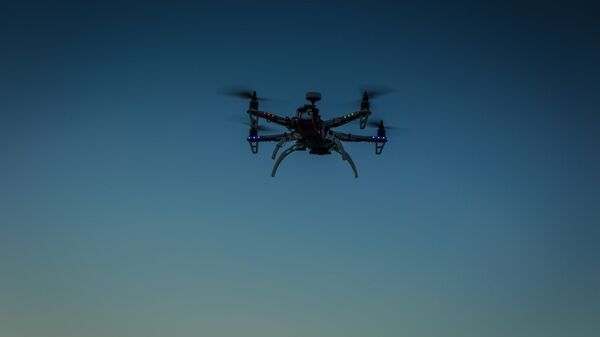"The fundamental research effort seeks to discover and quantify information contained in ambient thermal emissions in a wide variety of environments and to create new passive 3D sensors and algorithms to exploit that information", the release said.
Since everything gives off some thermal energy, the release said, the goal is to discover what information can be captured and develop algorithms to transform that information into 3D images for navigation.
"In the depths of a cave or in the dark of a moonless, starless night with dense fog, current autonomous systems can’t make sense of the environment without radiating some signal - whether it’s a laser pulse, radar or visible light beam - all of which we want to avoid. If it involves emitting a signal, it’s not invisible for the sake of this program," DARPA’s Defence Sciences Office Program Manager Joe Altepeter said in the release.
DARPA named the projects "the Invisible Headlights program."
If successful, it would likely be applied first to air, land and undersea drones in early prototype machines, Altepeter said.
DARPA, a Defence Department Agency that specialises in developing exotic technology, is widely credited with creating equally exotic inventions that are now part of everyday life, including the internet and satellite navigation.

